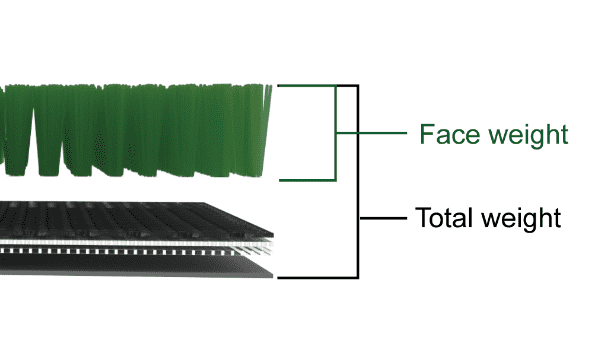Let's take the stitch rate of artificial grass in 100 cm as an example.
Measure the stitch rate of artificial grass in 10 cm as a, and the stitch rate in 100 cm is A=10×a.
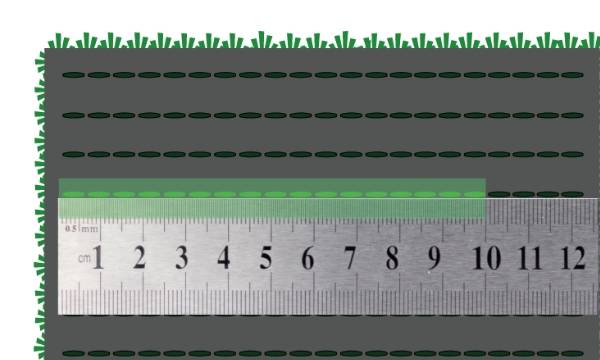
The distance between two adjacent artificial grass yarns, expressed in inch.
Gauge B=100 mm/spaces b/25.4 mm
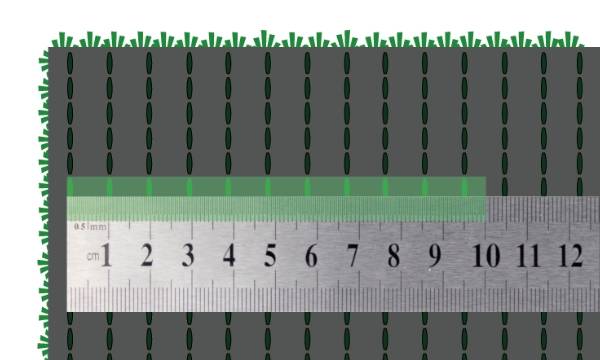
Number of tufts per unit area, expressed in tufts/m2 .
Density=[1000/(B×25.4)]×A
For example:
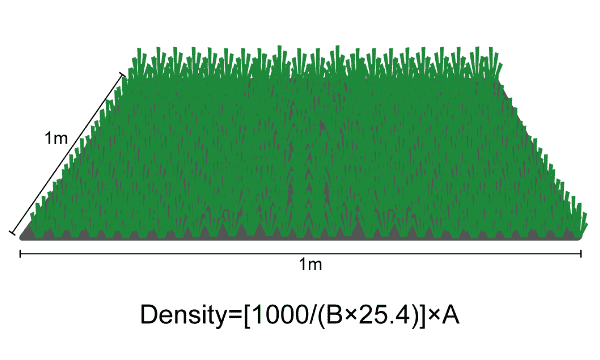
The weight of artificial grass fiber in 10000 m. Artificial grass DTEX includes 6300, 7400, 8000, 8800, 9500, 10000, 11000, etc. The larger the DETX, the heavier the weight, the better the quality and higher wear-resistance.
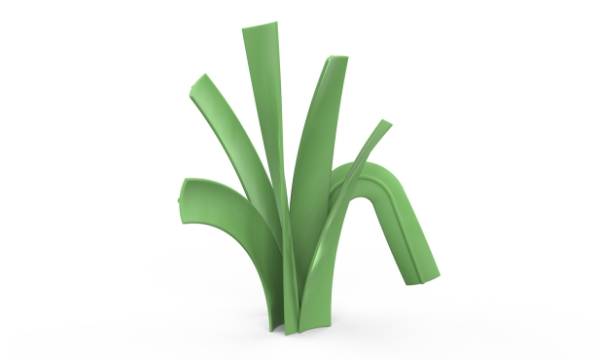
The unfolded artificial grass roll width.
Generally, 11-man football field is 4 m in width, and 5-man football field is 2 m in width.
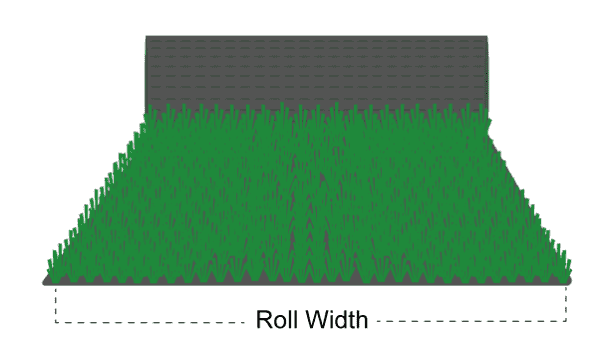
The weight of artificial grass fiber per square yard, expressed in ounces. It refers to the weight of grass fiber only, excluding the backing and coating materials. It is one (but not the only) characteristic that impacts performance and durability. Generally, the higher the face weight, the longer and denser the artificial grass will be. It not only creates a lusher, more well-grown appearance, but also offers a softer underfoot when you walk on it. So, it is seen as a key indicator of artificial grass quality based on density.
